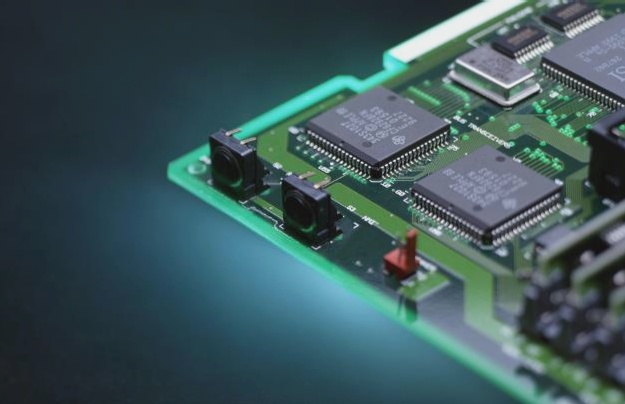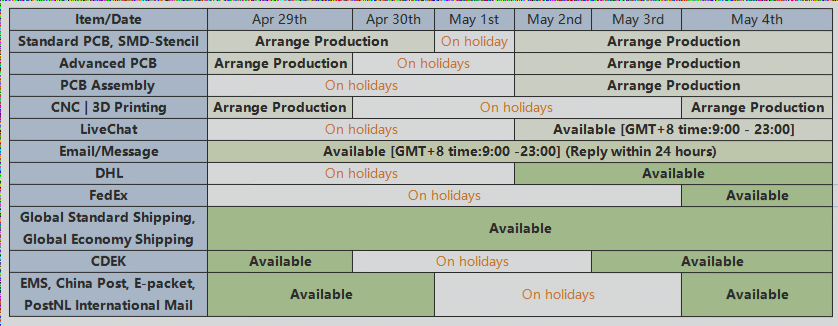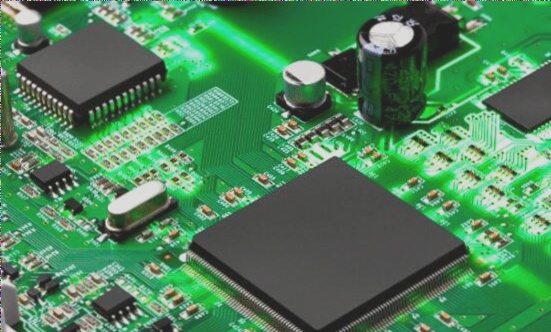Flexible Printed Circuit (FPC) and PCB: A Comprehensive Guide
Flexible Printed Circuit (FPC) is a versatile electrical component manufactured on a flexible substrate, offering the ability to bend, fold, or move repetitively in various directions. FPCs, with their lightweight, thinness, and flexibility, have become increasingly popular compared to standard rigid boards (PCBs).
Key Points About FPC:
- FPC base layer materials commonly include polyimide (PI) and polyester (PET).
- Cover layers made from polyimide or polyester protect FPCs from contamination and environmental factors.
- FPC design involves bonding layers using various adhesives like acrylics and epoxies.
- Stiffeners made of materials like PI, polyester film, and glass fiber provide external support for FPCs.
FPC Pad Processing Techniques:
- Chemical Nickel Gold: Offers a flat surface and good solderability, ideal for fine-pitch components.
- Tin-Lead Plating: Ensures good solderability, essential for processes like HOTBAR on FPCs.
- Selective Gold Electroplating (SEG): Provides excellent oxidation and wear resistance, commonly used for “Golden Fingers.”
- Organic Solderability Layer (OSP): Provides a flat surface and meets environmental standards, suitable for fine-pitch components.
- Heat Air Leveling (HASL): Covers the PCB surface with a lead-tin alloy, not recommended for thin FPCs.
Connecting FPCs and PCBs:
In design, FPCs are often used alongside PCBs, with connections made through various methods like board-to-board connectors, gold finger connectors, HOTBAR, and manual soldering, offering flexibility for different applications.

Flexible Printed Circuit Board (FPC) Design Guidelines
In practical use, it’s crucial to evaluate the necessity of ESD shielding in FPC design. For applications with low flexibility demands, solid copper and thicker media are suitable choices. Conversely, high flexibility requirements call for a copper skin grid and conductive silver paste.
Methods to Prevent FPC Breakage:
- Maintain a minimum inner corner radius of 1.6mm on flexible contours to enhance reliability and tear resistance.
- End any crack or slot on the FPC with a round hole of at least 1.5mm in diameter.
- Ensure uniform width in bending areas to optimize flexibility and avoid tearing.
- Use stiffeners or reinforcement materials like PI, polyester, or aluminum to reduce the risk of tearing.
- Incorporate air gap layers in frequent bending areas in multi-layer FPC designs.
- Add a double-sided tape area at the gold finger and connector junction for added security during bending.
- Establish a positioning silk screen line at the FPC-connector junction to prevent misalignment during assembly.
Wiring Guidelines for FPC Design:
- Follow wiring rules for smooth signal routing, favoring short, straight paths over long, thin, or circular wiring.
- Design lines with an average reserved space of 0.15mm and a pitch of 0.10mm.
- Maintain a distance of 0.30mm between the outermost line and the FPC contour.
- Ensure a minimum internal fillet radius of 1.5mm on the FPC profile.
- Position wires perpendicular to the bending direction and distribute them uniformly through the bending area.
- Avoid additional plating metal in the bending region and maintain consistent line width.
- Optimize wire presence in the bending region and avoid overlapping traces on double panels.
- Minimize the number of layers within the bending area and avoid via holes and metallized holes.
- Align the bending center axis at the wire’s center for dynamic bending.
- Minimize horizontal torsion and increase bending radius for vertical bending.
- Consider EMI shielding for high-frequency signal lines by incorporating a conductive silver foil layer on the FPC.
As FPC applications continue to expand, these guidelines may evolve. However, meticulous design and careful consideration will ensure successful FPC design implementation.




